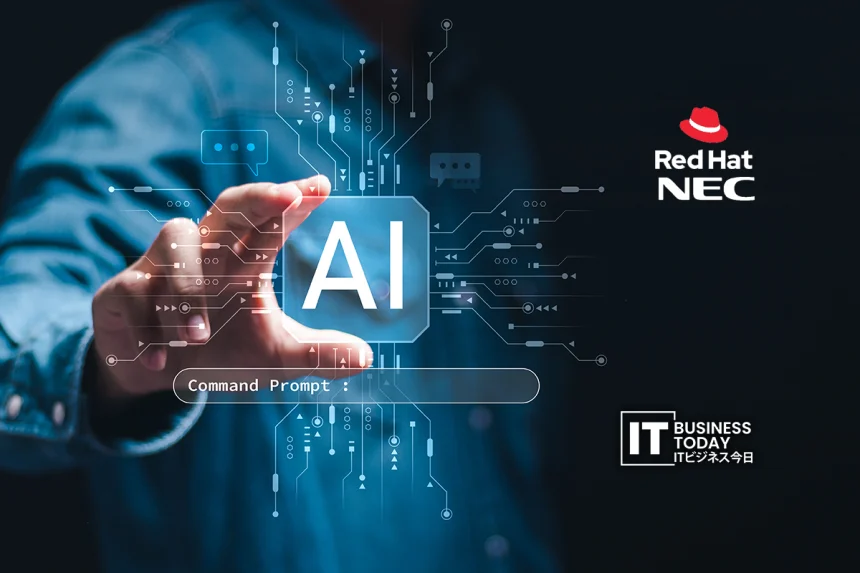NEC Corporation and Red Hat announced on September 29 that they will work together to enhance their technical support. This aims to boost the use and growth of enterprise AI solutions. The collaboration builds on a global alliance from September 2022. It aims to link advanced AI technology with operational sites. This will help industries use generative AI sustainably and practically.
Companies and local governments want to use generative AI for better efficiency. But they face challenges. They must select the right large-scale language models (LLMs). They must also create secure and compliant environments. Additionally, they have to balance cost savings with future growth. NEC and Red Hat will work together to tackle these issues. They aim to create a social infrastructure. This will help organizations in various sectors use generative AI safely and securely.
The partnership uses Red Hat’s worldwide open-source AI platform and NEC’s deep industry knowledge. They also offer a flexible delivery model. They want to build a shared AI infrastructure. This will support many LLMs, both commercial and open source. The goal is to ensure flexible and sustainable AI that meets customer needs. They also want to avoid reliance on specific vendors or cloud services.
Also Read: AI inside Automates Data Checking with Critic Intelligence
NEC will first launch its generative AI solution, cotomi. This solution is part of the BluStellar value creation model. It will run on Red Hat Enterprise Linux AI (RHEL AI). This step aims to create a scalable and practical AI infrastructure. NEC already officially supports RHEL AI as the operating environment for cotomi.
The companies will keep working together on testing and tech development. They will use open-source tools like vLLM, LLM Compressor, and InstructLab. This links AI advancements to real-world business uses. NEC will set up a system to offer technical support for commercial applications as these technologies grow.
NEC Corporation and Red Hat are joining forces. They will create a standard reference architecture for enterprise AI infrastructure. They aim to speed up generative AI use and create templates for various industries. The initiative helps organizations across various sectors use generative AI safely and effectively.







